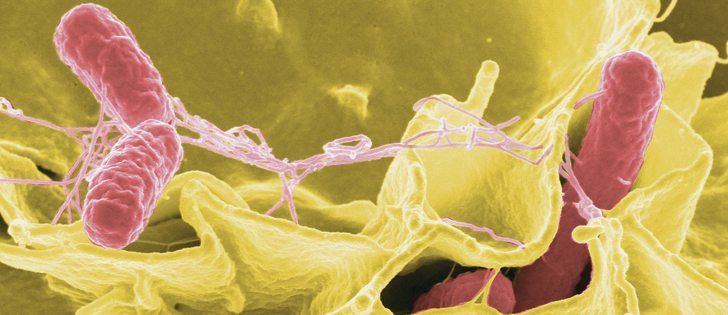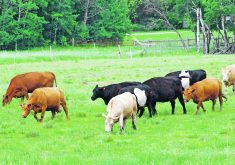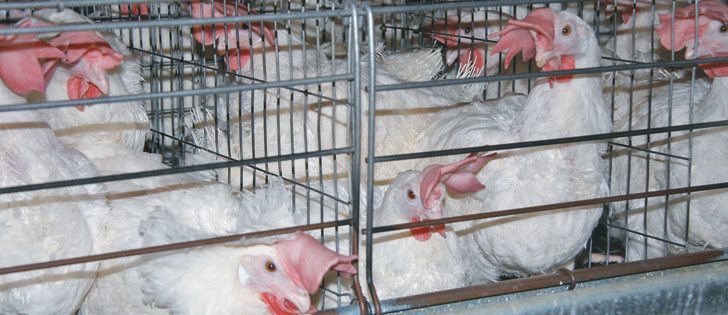ATLANTA, Ga. — Food poisoning can result in an unpleasant week of vomiting and diarrhea.
Most people recover without medical attention, but hospitalization may be required in severe cases. Serious illness could result if the stomach bug turns out to be resistant to common antibiotics.
For example, campylobacter and salmonella, two common bacterial infections found in improperly cooked food, can be serious.
“Antimicrobial resistance in food-borne pathogens is a subset of the resistance. It is a substantial and changing challenge in human and animal health,” said Robert Taupe, deputy director at the U.S. Centers for Disease Control, which is dealing with food-borne pathogens.
Read Also

Vancouver port says it has improved efficiency
Grain movement has been strong at the Port of Vancouver due in part to a new centralized scheduling system.
The threat of antimicrobial resistance was discussed at a conference held in Atlanta, Georgia, Nov. 12-14, which was hosted by the National Institute for Animal Agriculture.
Resistant strains of resistant food-borne pathogens are of particular concern because treatment choices may be limited, particularly among patients who are already weakened because of other health problems.
“Resistant strains have an advantage in individuals who are taking an antimicrobial for other reasons,” he said.
The general trend line for multi-drug resistance is down for 1996-2012, but no agencies want to let down their guard.
A national antimicrobial resistance monitoring system for enteric bacteria was formed in 1996 after outbreaks of resistant infections occurred in the 1980s.
Campylobacter is linked to 410,000 illnesses a year in the United States. Campylobacter jejuni that was resistant to fluoroquinolone was found in poultry in the late 1990s.
Non-typhoidal types of salmonella cause 1.2 million illnesses per year, and some types are showing resistance to three or more classes of drugs.
A prolonged outbreak of the Heidelberg strain was traced to one poultry producer in 2013-14. The poultry was not cooked properly at a retail outlet. Reported cases eventually totalled 634, and one-third were hospitalized. No one died, but some patients were ex-tremely ill.
Control measures were undertaken at the production flock, processor and retail levels for about 18 months once the disease was pinpointed.
The challenge was to determine exactly where the disease entered the production system and stop it before people became seriously ill.
“It underlined for us that Heidelberg, like other strains of salmonella, can spread vertically through the poultry production and breeding pyramid,” Tauxe said.
The CDC’s goal is to reduce salmonella antimicrobial resistance by 25 percent by 2020. It includes releasing information to the public sooner and increasing surveillance for resistant bacteria.
Tauxe also supports stopping the use of antibiotics in food-producing animals for growth promotion. The connection between animal agriculture and human health is not known, but he supports FDA guidelines to change the way antibiotics are administered to livestock and poultry.
The antimicrobials guidelines, which will be implemented by Dec. 12, 2016, will make it illegal to use antibiotics in water or feed for food-producing animals without veterinary oversight.
As well, the 26 pharmaceutical companies that manufacture these products have agreed to voluntarily work with the FDA to make the changes by the deadline.


















